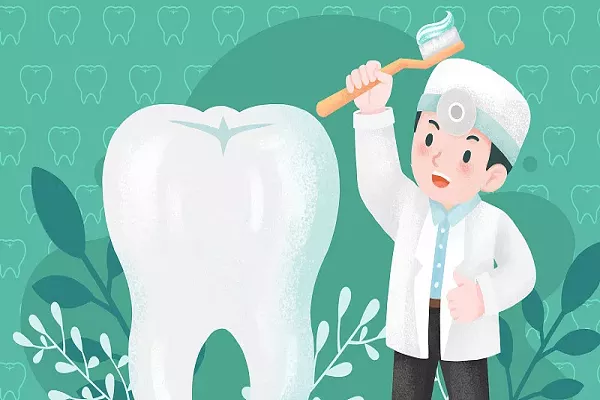Gum disease, also known as periodontal disease, is a common oral health condition that affects the gum tissues surrounding the teeth. While gum disease itself can lead to various complications if left untreated, it can also serve as a warning sign of other underlying health issues. In this article, we will explore what gum disease may be a sign of, the relationship between gum health and overall well-being, and the importance of seeking professional dental care for proper diagnosis and treatment.
Part 1: Understanding Gum Disease
What Is Gum Disease?
Gum disease is an inflammatory condition caused by the buildup of plaque and tartar on the teeth. The early stage of gum disease is called gingivitis, characterized by red, swollen, and bleeding gums. If not addressed at this stage, gum disease can progress to periodontitis, where the infection spreads deeper into the gum pockets and can cause irreversible damage to the bone and ligaments supporting the teeth.
Recognizing the Signs of Gum Disease
Common signs and symptoms of gum disease include:
Red, swollen, and tender gums
Bleeding gums during brushing or flossing
Persistent bad breath
Receding gumline
Loose or shifting teeth
Pus between teeth and gums
Changes in bite or fit of dentures
Part 2: Gum Disease as a Sign of Other Health Issues
Diabetes
Gum disease and diabetes have a bidirectional relationship. Poorly controlled diabetes can impair the body’s ability to fight off infections, making individuals with diabetes more susceptible to gum disease. Conversely, untreated gum disease can make it challenging to control blood sugar levels, potentially exacerbating diabetes.
Heart Disease
Research has shown a potential link between gum disease and heart disease. It is believed that the inflammation and bacteria associated with gum disease may contribute to the development of cardiovascular problems. While the association is not fully understood, maintaining good gum health is essential for overall cardiovascular wellness.
Respiratory Infections
Bacteria from gum disease can enter the bloodstream and travel to the lungs, potentially increasing the risk of respiratory infections, such as pneumonia and chronic obstructive pulmonary disease (COPD). Practicing proper oral hygiene can help reduce the risk of such infections.
Pregnancy Complications
Pregnant women with gum disease may be at a higher risk of certain complications, such as preterm birth and low birth weight. Hormonal changes during pregnancy can make the gums more sensitive and prone to inflammation, emphasizing the importance of regular dental checkups during pregnancy.
Osteoporosis
Osteoporosis, a condition characterized by weakened bones, may be linked to gum disease. Both conditions share common risk factors, such as age and smoking, and researchers believe that there may be a connection between bone loss in the jaw and bone loss in other parts of the body.
Part 3: Importance of Professional Dental Care
While gum disease may serve as a sign of underlying health issues, it is crucial to recognize that only a professional dentist can provide a comprehensive evaluation and accurate diagnosis. Seeking regular dental checkups and cleanings is essential for maintaining optimal gum health and preventing complications associated with gum disease.
Conclusion
Gum disease is not only a common oral health condition but can also serve as a sign of potential underlying health issues. It is crucial to recognize the signs and symptoms of gum disease and seek professional dental care for early diagnosis and treatment. By maintaining good oral hygiene practices, following a healthy lifestyle, and addressing any underlying health conditions, you can promote gum health and overall well-being. Remember, a healthy smile starts with healthy gums, so don’t hesitate to consult a dentist for personalized care and guidance.



























